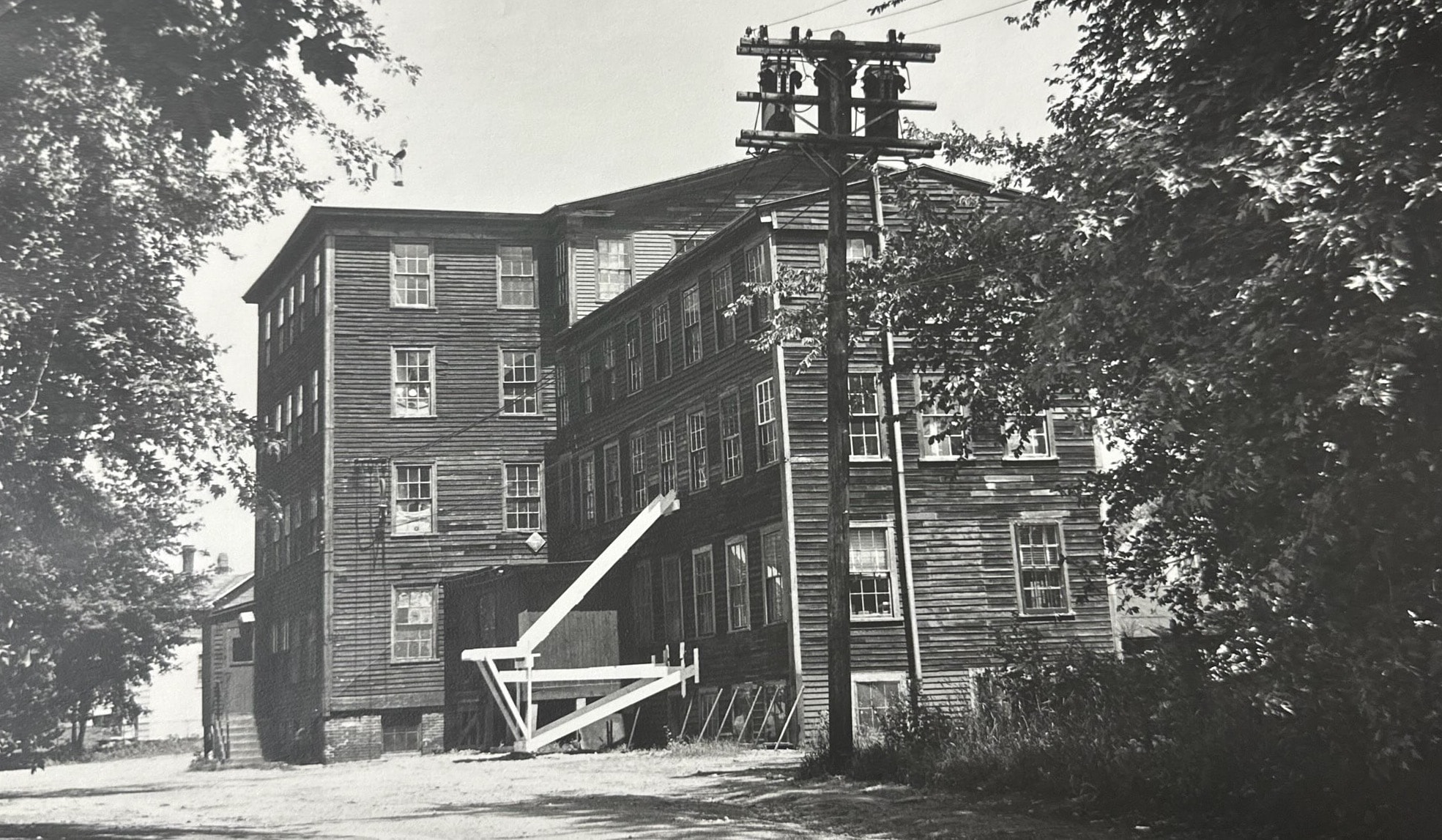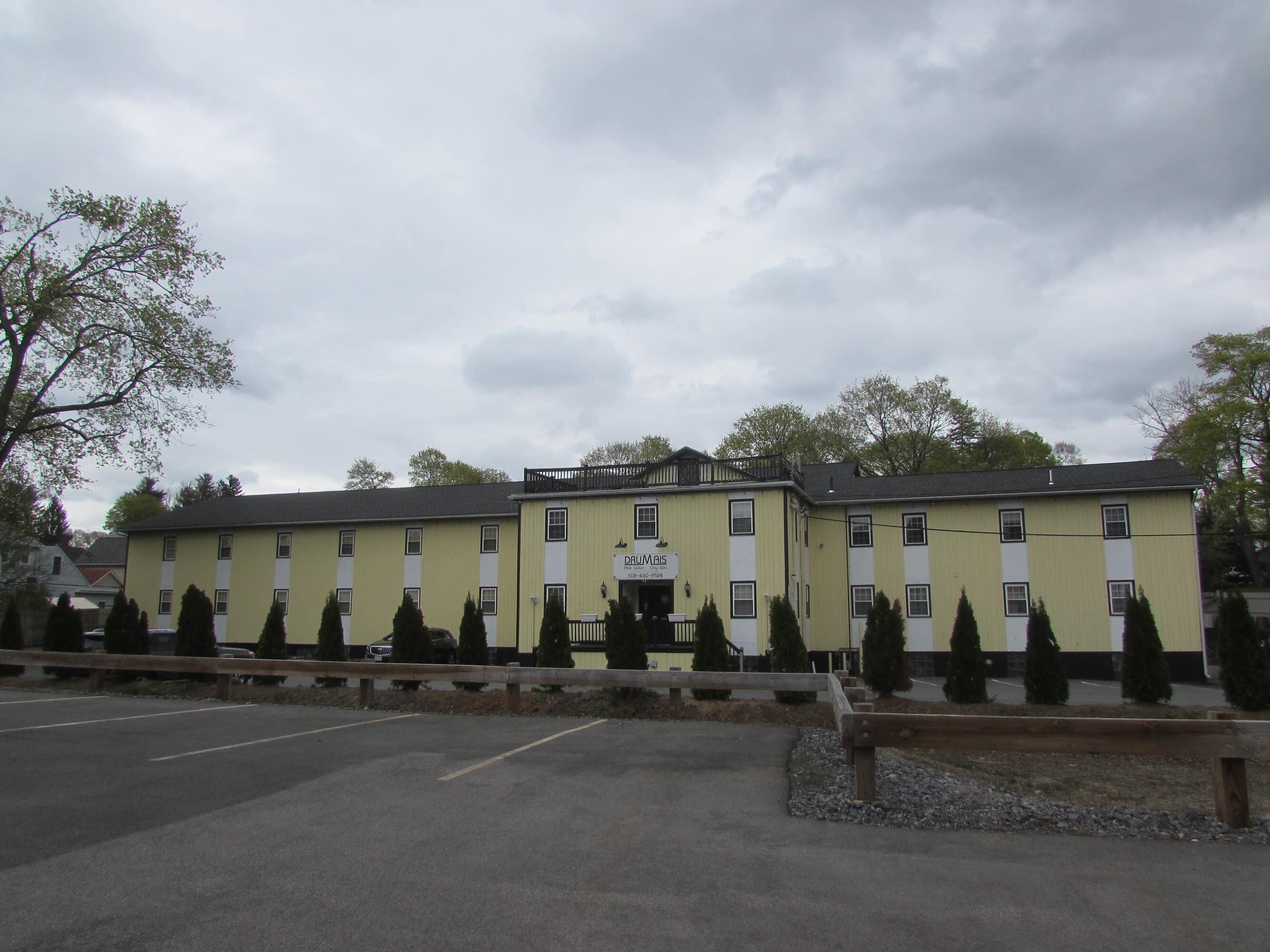
(Photo/Hector Moineau)
MARLBOROUGH – Reuse, recycle and repurpose are common activities that many Americans engage in. Examples of repurposing are evident in a large yellow building which was once part of Marlborough’s vast shoe manufacturing industry.
When several buildings on Bolton Street, Route 85, were purchased and removed by the city in 2019, a wide-open space was created. The demolition not only provided extra parking for the Marlborough Early Childhood Center (formerly, the Freeman School on Washington Street), but a clear view of the enormous building situated further back on Springhill Avenue.
Although not the first shoe factory built in Marlborough, this brightly-painted structure has demonstrated the longevity of early construction and materials. To safely support heavy machinery and many factory workers, floors were sturdily built, during the explosive growth of industry in the city’s center. Large hardwood trees were still plentiful in America and their wide planks were sought after for floors and support beams. A testament to their durability is evident at 31 Springhill Avenue, as well as in nearby early colonial homes.
For two years renovation work converted the space into its present use as Drumais Hair Salon and Day Spa. Floorboards were sanded and reassigned from other sections of the building. Additional flooring was obtained from the old Bert’s Lounge. Fire destroyed the top two floors of the shoe factory, but its main timbers, some wide floor planks and flat roof entry porch remain.

Ten distinctive Craftsman-style chandeliers accentuate the immense space that has been created by removing much of the second floor. The ornate hanging lights came from St. Mary’s Parish after it closed. The church is where the current owner’s maternal grandparents were married and even held their 50th wedding anniversary celebration. It was formed in 1870 to serve French-Canadians, who came to work in the shoe trade, which also employed Irish, Italian and Greek immigrants.
Abel Howe attracted shoe workers to the Spring Hill neighborhood by providing needed housing for his employees. He owned and probably built the two large multi-unit houses at number seven and number nine on the east side of the newly-formed Springhill Avenue in the 1870s and at least one other on its west side. Before starting his own shoe factory, Abel Howe partnered with Henry O. Russell to produce shoes. A dozen years later, Howe began developing Spring Hill, so named for its numerous springs that feed the southern-flowing brook under Main Street.
Several other shoe factories began on Spring Hill, on the south side of High Street, including Levi Baker’s from 1871 to 1877. Establishment of railroads and a trolley system supported fast growth of Marlborough’s industries and its east and west villages merged.
In front of his factory, Howe built his Greek Revival style mansion at 8 High Street. Characteristic of the popular style is paneled trim at the building corners, a porch supported by columns, window squares, sidelights and a transom. The high style mansion was replaced by condominiums, but some of the workers’ residences have remained in the dense neighborhood, as has the curvy street pattern of Spring Hill Avenue.
After labor disputes in the early 1900s caused worker strikes and shutdowns, the shoe trade moved out of New England, leaving behind some of the enormous factory buildings which handily provided structure for other kinds of businesses, such as Drumais Salon and Day Spa.











